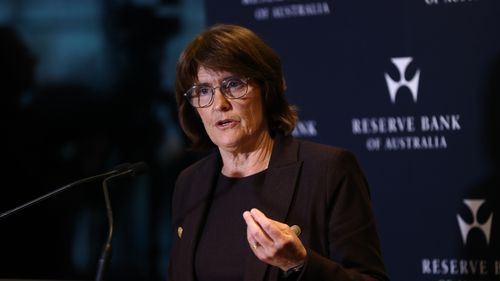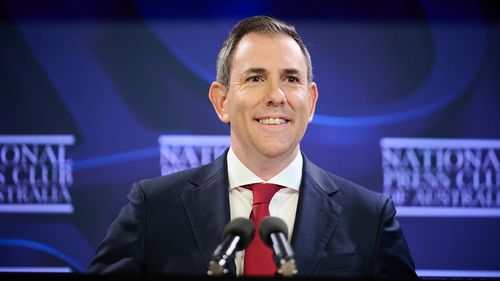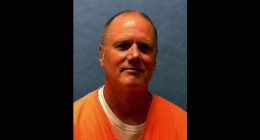This afternoon, the Reserve Bank did something it had never done before.
And no, it wasn’t disappointing millions of borrowers by keeping interest rates on hold at 3.85 per cent in a call that shocked financial markets.
For the first time, it revealed how many board members voted in favour of the decision, and how many voted against – a far cry from Governor Michele Bullock routinely being asked after each meeting whether a call was unanimous or not.

In today’s case, it was six in favour and three dissenting voices – something Bullock said “demonstrates, I hope, that there was really good active debate in the boardroom about the pros and cons of holding and easing”.
Treasurer Jim Chalmers welcomed the change, saying the added transparency around the 6-3 majority decision was a positive development.
“Obviously, it will be a source of some interest that the Reserve Bank board was not unanimous on this occasion, that there were different views expressed around the boardroom table,” he told reporters.
“We know that because of the publication of these unattributed votes.
“I think that transparency is a welcome change, and I’m grateful to the Reserve Bank and particularly to [Bullock] for the role that she has played in making sure that those decisions are more transparent.”
In her press conference following her board’s decision, Bullock said she wouldn’t reveal which way she – or anyone else – voted.
“They’re unattributed votes … they are unattributed for a reason,” she says.
“And so the answer to that is no, I won’t tell you how I voted.”
She said publishing the votes would “stifle free and frank debate”, and Chalmers agreed the new policy struck the right balance.

“This is an appropriate level of transparency,” he said.
“It’s certainly much more transparency than we’ve seen … and so I think a very big step in the right direction.
“We want to make sure that people can participate in these Reserve Bank meetings openly, and that the public knows whether the decision was taken unanimously or otherwise.”







